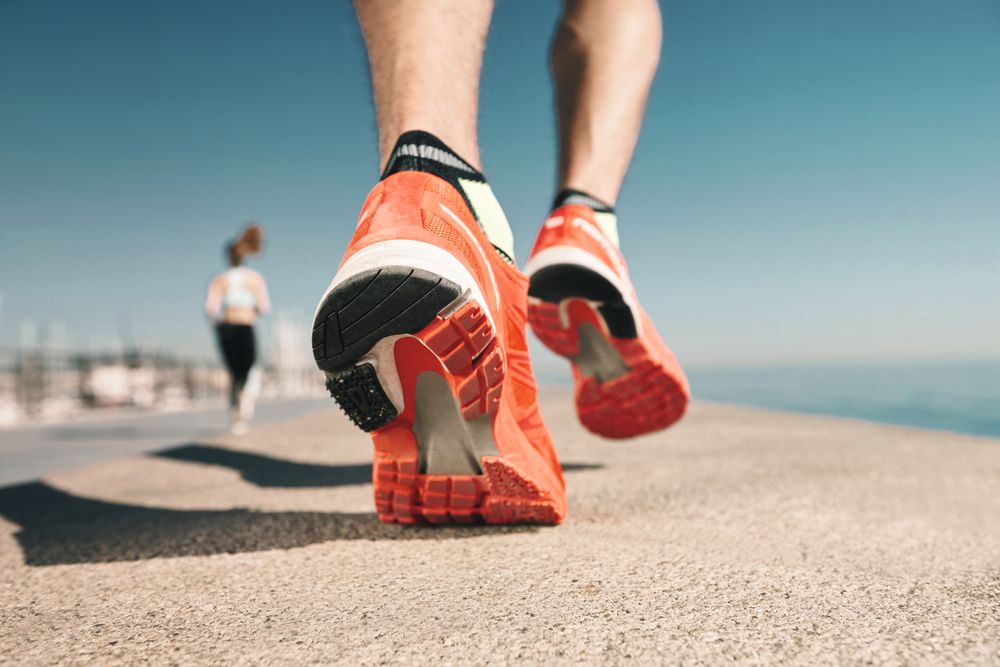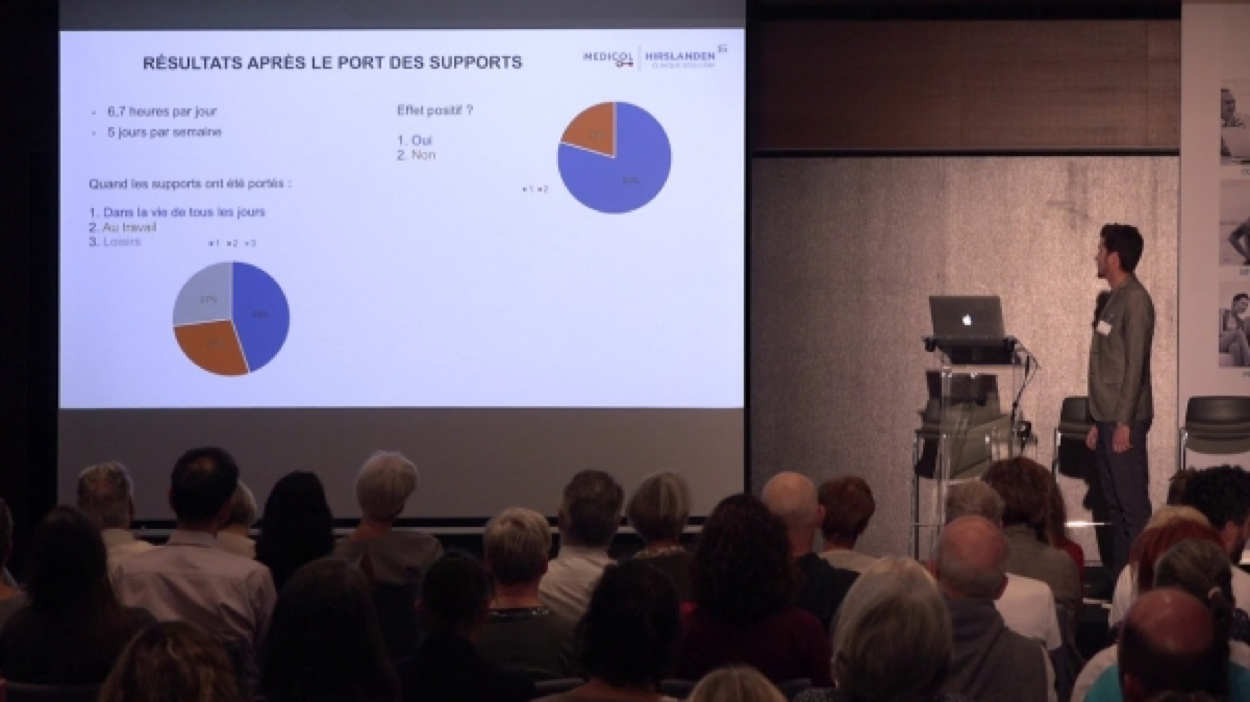By pedal orthosis we mean calcaneal stirrups, a type of foot support that aims to stimulate the foot as a stabilizing and propelling organ to give the whole body a better balance and a better postural feeling. This approach differs from classic plantar supports which essentially seek to better distribute the load under the sole of the foot.
Historically, dynamic foot orthoses were developed by Nancy Hylton for patients with motor disabilities. The concept of calcaneal stirrups was developed to regulate neuromuscular tone and thus obtain better use of the foot in children with neuromotor disabilities (Bobath concept). The goal was to promote the use of the lower limbs in standing and walking transfers. These orthoses have demonstrated their effectiveness in learning or regaining a good dynamic balance. Calcaneal stirrups have therefore been used by occupational therapists on hypotonic children or children with a neurological disorder that prevented them from stabilizing themselves correctly when standing or walking. By extension, they have been progressively used in orthopedics to improve postural sense and correct certain malalignments of the upper body when walking and a fortiori when running.
By providing better proprioceptive information, these supports offer better control of movement and maintenance of balance. The biomechanical principles consist of stimulating the sole of the foot to obtain active support of the plantar arch and a physiological unfolding of the step. The guidance from the beginning of the stance phase reduces the pitching effect observed in FHL. The stirrups provide proprioceptive information that stimulates muscle tone and thus provides a solid basis for upper body alignment during movement. Balance and dynamic stabilization of the entire body are positively influenced.
Example of dynamic supports with calcaneal stirrups
A board for the sole is prepared according to the person's foot design. This thin 2mm board can be fitted into different types of shoes. The triangles that form a stirrup between the back and the midfoot are cut into the board. The design of the foot is made by the occupational therapist on the basis of the patient's postural balance. These reference points require a good knowledge of anatomy.
The analysis, made by the occupational therapist's expert eye, will allow the calcaneal stirrup to be adjusted to make it as dynamic as possible according to the patient's abilities. The skin condition, gait, posture, morphotype and imbalances must be analyzed.
The purpose of the calcaneal stirrup is to control the posture of the hindfoot, to lock the ankle and the knee and to improve overall balance. Through the stirrup, the calcaneus maintains a stable position and influences the position of the upper joints (control of knee hyper-extension and pelvic tilt). By correcting the alignment, a new muscular and tendon balance is created. The stirrup has the advantage of providing sensory cues repeatedly throughout the day. The occupational therapist will adjust the calcaneal stirrup according to how it feels and how much it wears, which is why the first pair of stirrups is always made of low-density materials.
There is an essential difference between calcaneal stirrups and plantar supports made by orthopedic technicians: occupational therapists will always start orthoses with materials that can be crushed and will not try to hold the foot but to give it proprioceptive information that stimulates this organ to make it more stabilizing. The plantar support made by the orthopedic technicians is aimed at avoiding hyper-pressure and at a better weight distribution.
 EN
EN  DE
DE  ES
ES  FR
FR 

